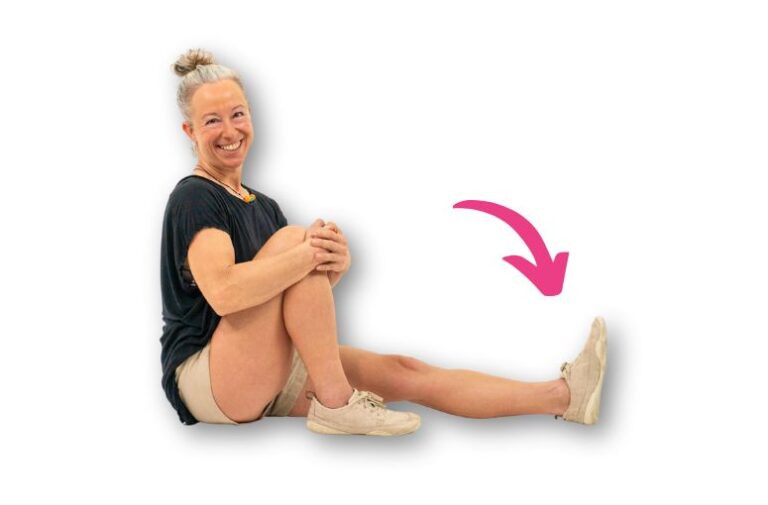
Your Step By Step Guide To Safely Switching To Minimal Shoes
Switching to minimal shoes can be a game-changer for your foot health, mobility, and overall movement quality. But making the switch isn’t as simple as tossing
Free resources to build your future without limitations
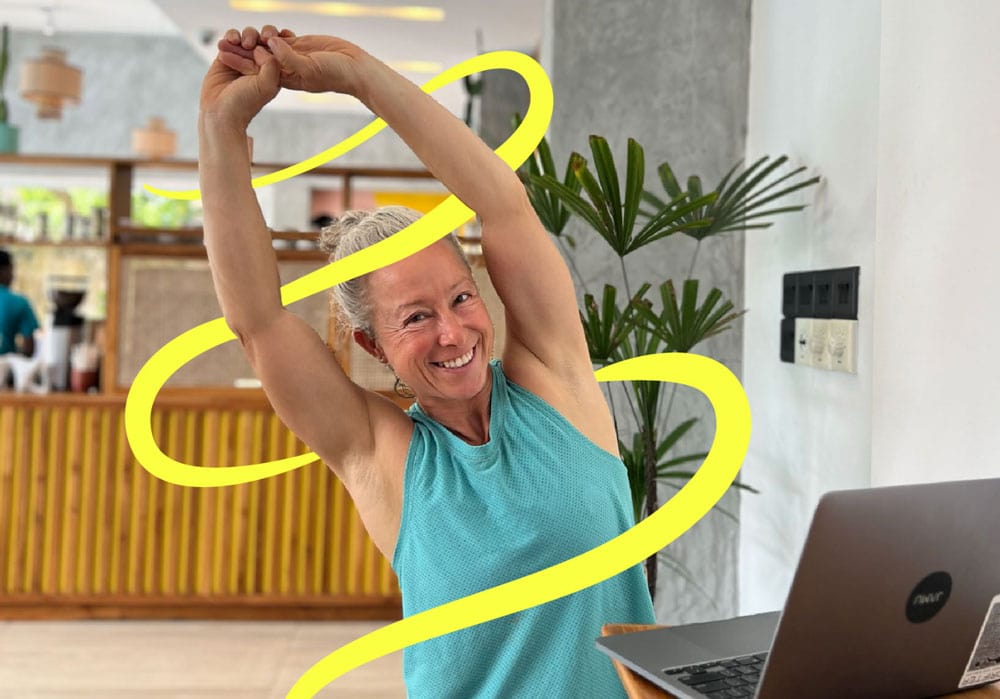

ARE YOU NEW? START HERE

Switching to minimal shoes can be a game-changer for your foot health, mobility, and overall movement quality. But making the switch isn’t as simple as tossing
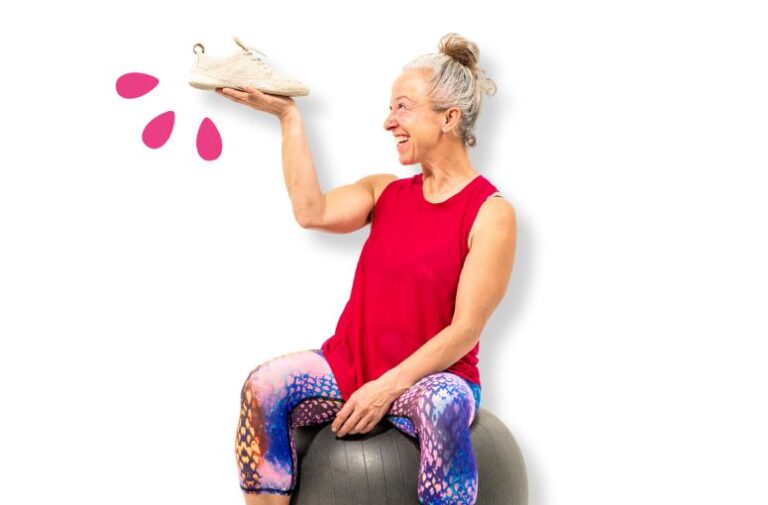
Our feet are the foundation of our body, yet most of us rarely give them the attention they deserve. But the truth is, if you want
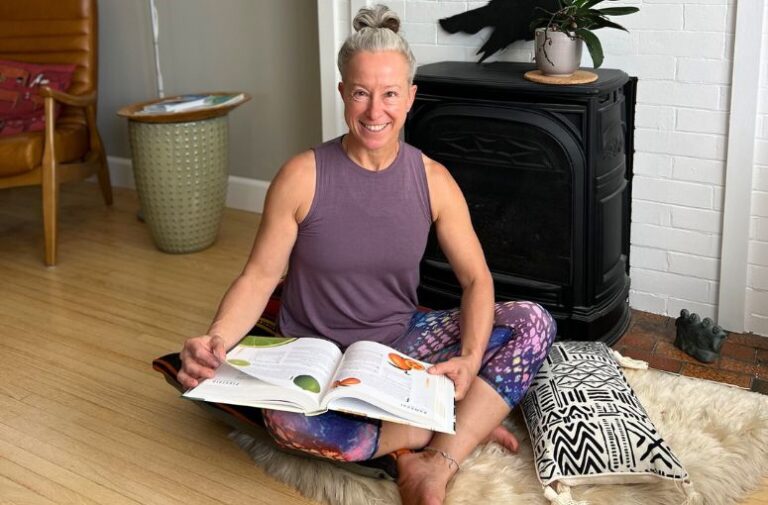
UPDATED: February 19, 2025 Now that it’s getting colder, is there anything better than curling up with a hot cup of tea and a great book,
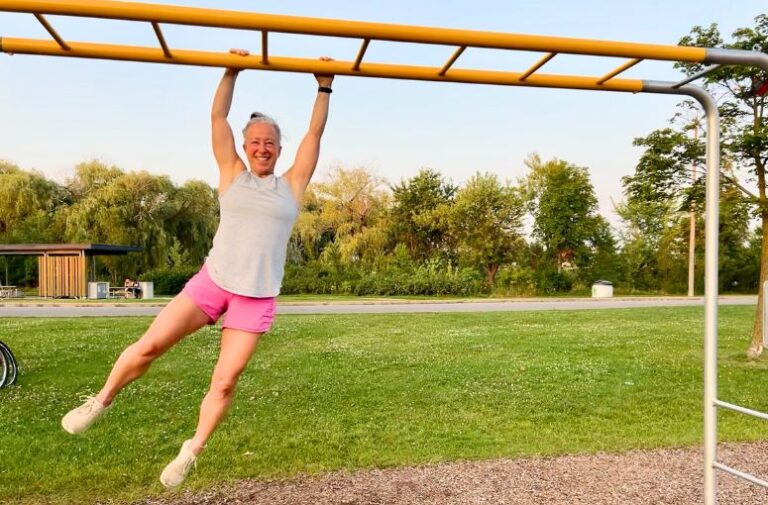
So, you’re thinking of getting back on the monkey bars…but it’s been a really long time since you tried! I think that’s a great idea –
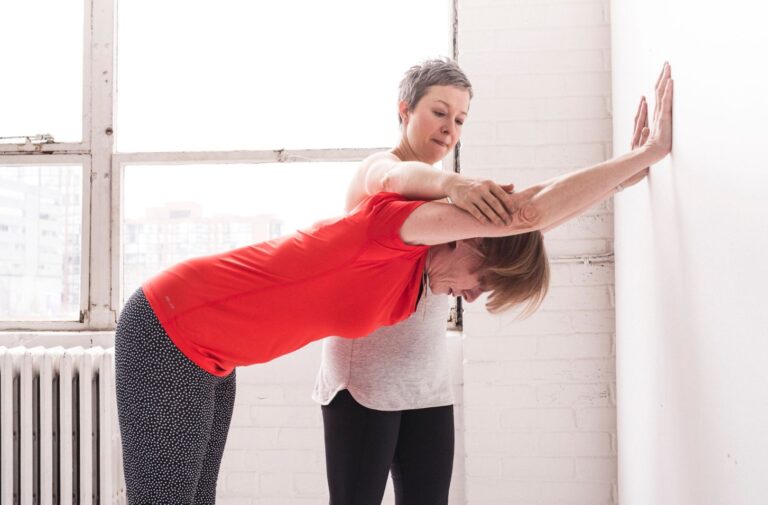
Because of traveling, I don’t always get to meet my students in real life. But every so often, that changes! I had a chance to chat
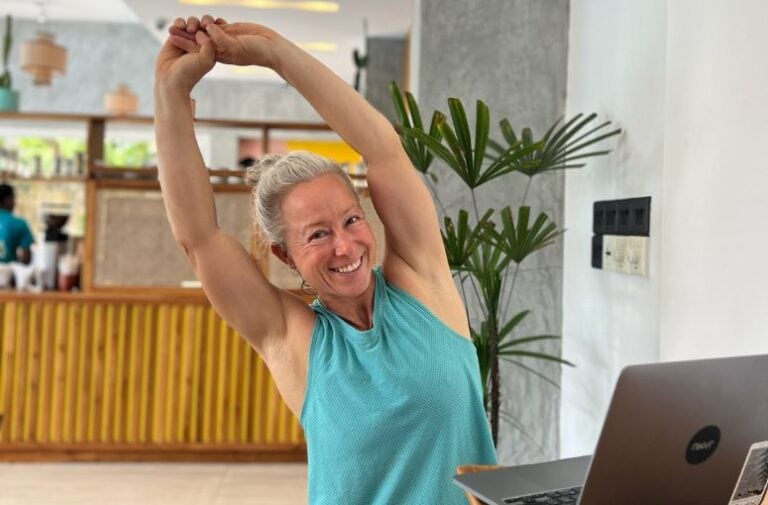
Modern lifestyles have become increasingly sedentary with many of us glued to desks for hours each day. While moving more sounds great in theory, when you’re

UPDATED: April 18, 2025 Are you tired of your heels popping up when you squat? Squatting is a natural human movement pattern – one that delivers
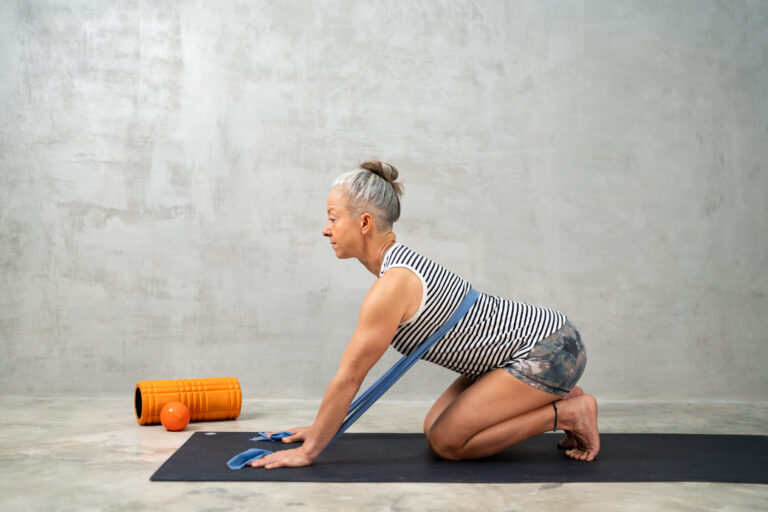
UPDATED: April 16, 2025 Let’s face it – back pain sucks. Sadly, it’s also suuuuuper widespread, very common and affects people of all ages. It’s estimated

There’s a ton of confusion out there about flat feet! Lots of people are told they have flat feet and that they’re the reason for foot
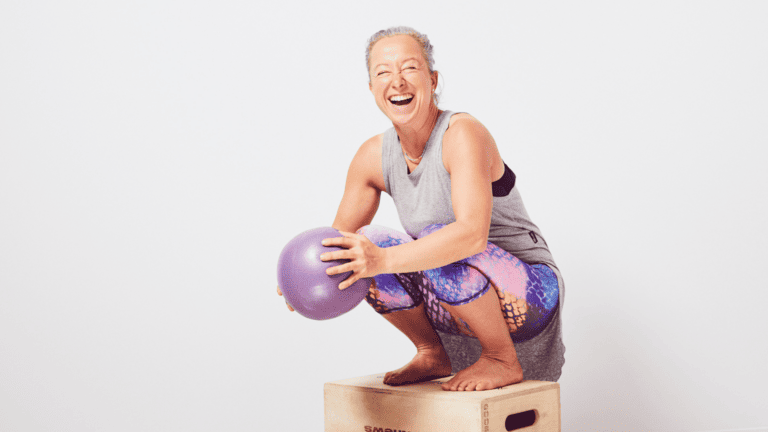
UPDATED: April 16, 2025 I get a lot of questions about what movement equipment I recommend. Carefully chosen movement props can be real game changers! Good
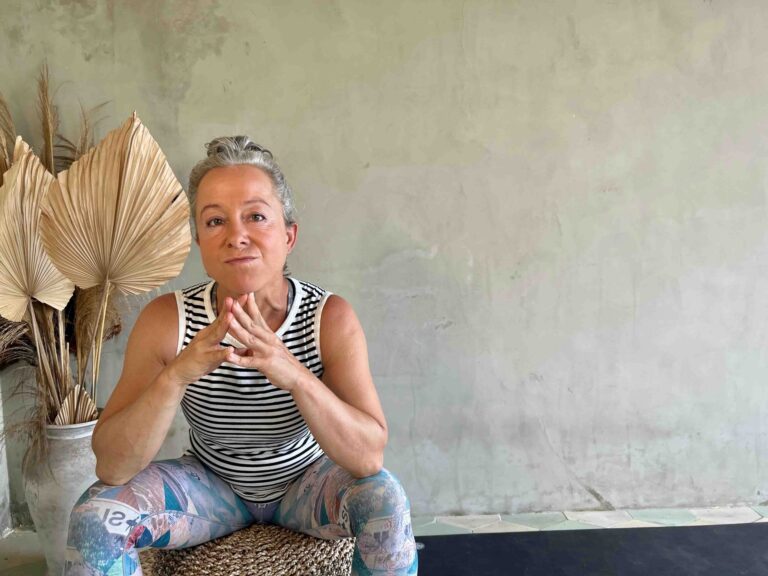
UPDATED: April 18, 2025 A 2006 report by the Centers for Disease Control and Prevention’s (CDC) National Center for Health Statistics found that 1 in 4

Squatting is a natural movement pattern that has almost gone extinct in the modern, chair sitting, shoe wearing world. I’m not talking about the gym squat
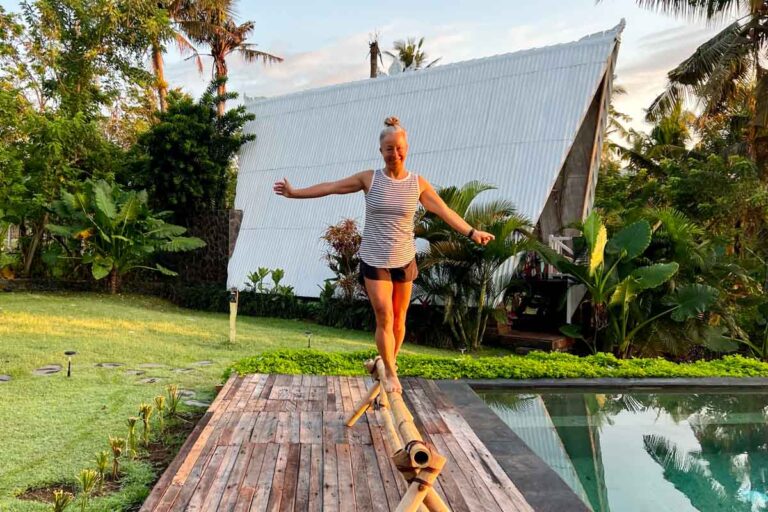
We spend a surprising amount of time balancing on one leg. Seriously – if your fitness tracker was smart enough, it would tell you that about

Tired of feeling like your pelvic floor is holding you hostage? If you’re an active person (or you’d like to be), dealing with pelvic pain, hip
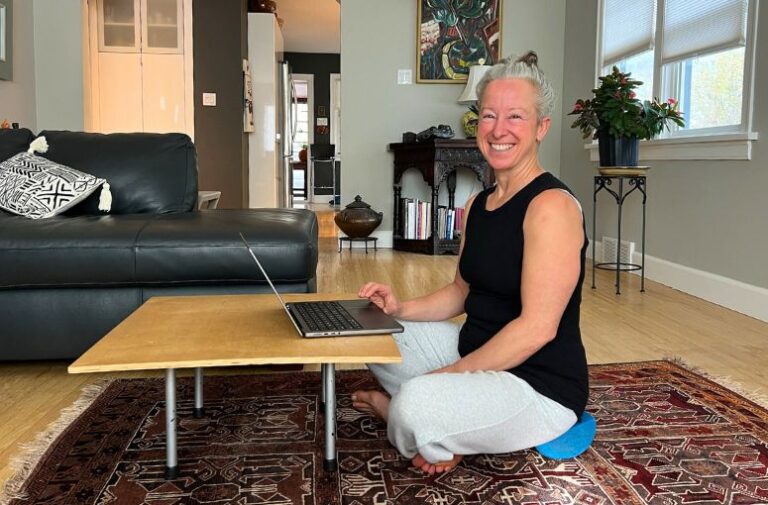
UPDATED: April 16, 2025 Floor sitting (sometimes referred to as “ground living”) is an underrated practice that has numerous benefits for your overall health and well-being.
Email me
Proudly supporting LGBTQIA+ rights, Black Lives Matter, and the fight for racial justice.
You’re almost there, my friend!
Unsubscribe anytime.
By clicking above, you agree to the Terms of Service

